I am fortunate to live in the birthplace of what many consider the hot rod movement. The greater Los Angeles area is credited with a majority of the trends and important events from the 40's up. Even the smaller towns of Long Beach, Lakewood and Compton have their own links to that legacy. As a kid reading about speed shops where a donut shop or laundromat now existed really made me nostalgic. It made me want to have seen those early hot rods and it helped inspire my lifelong obsession with cars. Fortunately I was able to catch plenty of car races and drag races on TV during my formative years. I'll try to sum up a lot of history in a few paragraphs. I am going to skip over a lot of history, notable names and their contributions. I apologize in advance. This is just to get you familiar with the origins and influence on rodding culture in America.
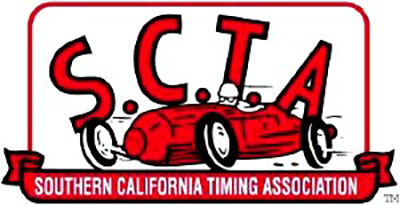
Hot rod culture saw a number of changes within the half-century. Fueled by America's newfound obsession with the auto, and a healthy dose of post-war prosperity, the after-market-parts industry boomed. Advances in engine components and tire technology propelled auto speeds to new records. When the car first created many wondered how long it would take until a production car could be faster than a horse, needless to say by the 30's that question was answered. By the 50's people were wondering if a car could keep pace with aircraft.
This was because the first rodders were obsessed with two things, looking good and going fast. The former I'll talk about in a minute, the latter led to the development of the SCTA and NHRA who set up the foundation for timekeeping, drag racing and record breaking vehicles. Engines got bigger and meaner, the natural tendency towards competition led to many epic battles in the early days of drag racing. Lines were drawn, sides chosen and the victor was always the fastest. The seeds for the bitter Ford and Chevy rivalry were planted then. I only wish I had been there to have seen those dangerous days of tube metal frames, exposed engines and asbestos-filled fire suits.
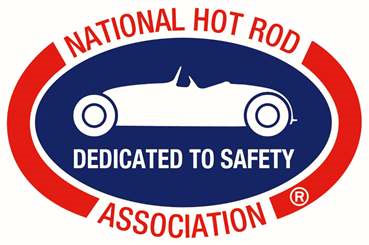
The rodding mentality was the same in the streets as it was on the racing circuit, albeit homebrew rodders had to try and keep their monsters under the guise of everyday drivers. These "sleepers" which could actually haul were the foundations of the muscle cars. But I'm not talking about muscle cars just yet, these were hot rods, invented by mechanics and hobbyists. These cars were partly to go fast but also partly as a form of expression. No two rods were exactly alike as most of the design and fabrication were made up by the people putting them together.
Those partaking in the culture needed further ways to differentiate themselves from the regular crowd. They began dressing a certain way, talking their own language and listening to their own music. In typical anti-authoritarian reaction many of the younger generation (often times the little brothers and sisters of the hot rod pioneers) began emulating their hot rod heroes and sought ways to push the envelope even further. One of the ways they did this was by seeking out artists they could identify with. Artists who were influential in the building and expression of the rods themselves. The guys that not only built fast cars, but made them all look so good.
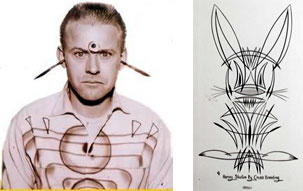
Kenny "Von Dutch" Howard was one of the biggest names working in hot rod culture yet also had his sights on many other pursuits. He approached life as a series of chances for remaking everything with his own style. He might be better known as a pinstriper but that would be akin to calling Leonardo DaVinci just a painter. The pinstripe is a time-honored technique, one of the earliest artistic movements made popular by rod culture. For many the car is an object of affection, the shapes, angles and curves can make them brutal or sexy or sometimes both. A good paint job is like a fine suit for the rod, but a pinstripe is more like a tattoo, a tad risque'. They are there to accentuate the curves, compliment or contrast the colors and draw your attention all over the beautiful piece of Big-3 engineering and do-it-yourself technology. However Von Dutch was not content simply pinstriping cars and bikes, he often fabricated his own parts, including many of the associated details. It didn't stop in the garage either, going so far as to paint his own jackets and custom make guns and knives to his liking. That creative outlet of his lead to the foundation of kustom kulture, which essentially took the hot rod DIY mentality and applied it to the everyday world.
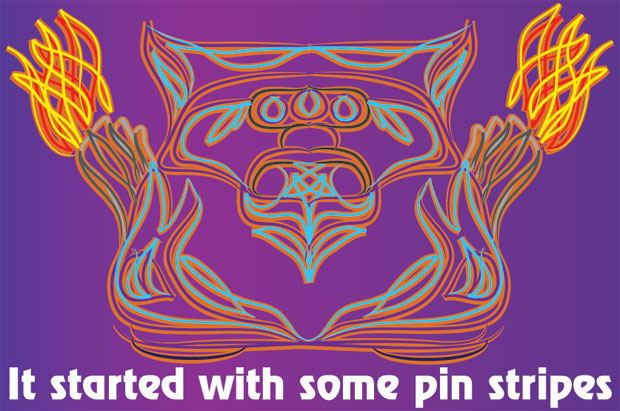
One of Von Dutch's friends and contemporaries was Ed "Big Daddy" Roth. Big Daddy was one of the persons who sparked a hot rod art revolution with his own mad creations and characters like the infamous Rat Fink. Come back tomorrow to learn more about the man as well as the secret origins of his hideous green monster rat.
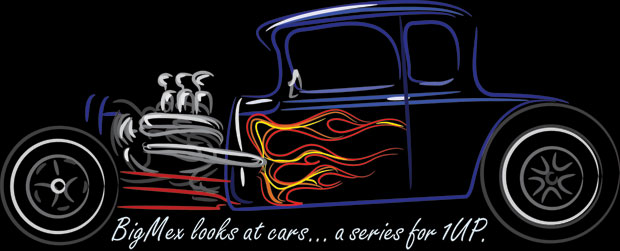

No comments:
Post a Comment